In April the rest of the crew at Frith arrived, Jake, Chloe, and I moved in to our cabins, and farm work began. Spring is here! Around the farm I see the garlic is almost a foot tall, the rye cover crops are growing, we have planted all the onions and brassicas, and the fruit trees are in bloom. The switch from carpentry to farm work was tough at first but now that the weather has changed and things are growing I am ready for the season.
Cabins Done For Now
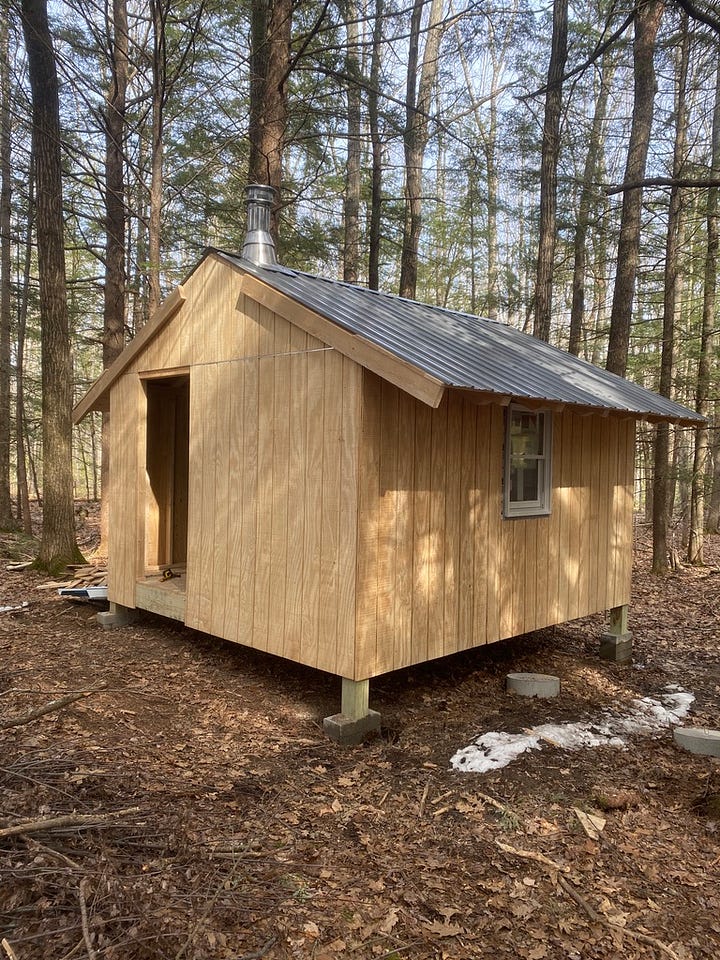
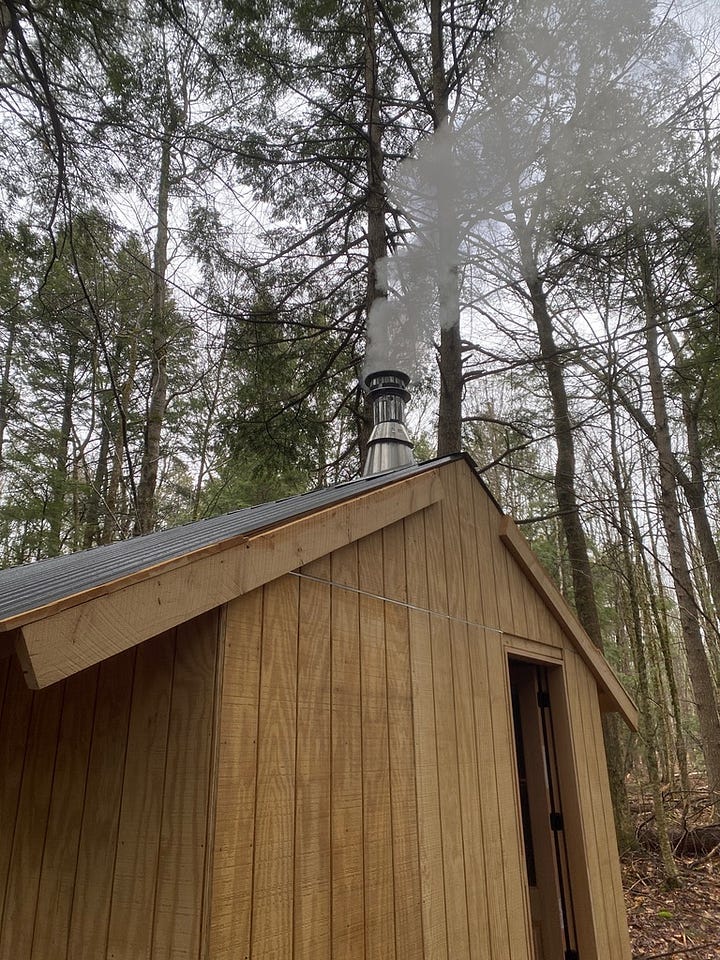
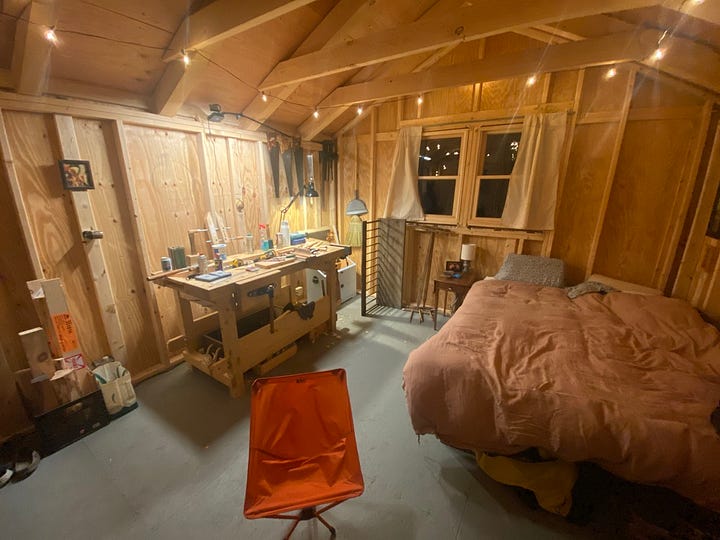
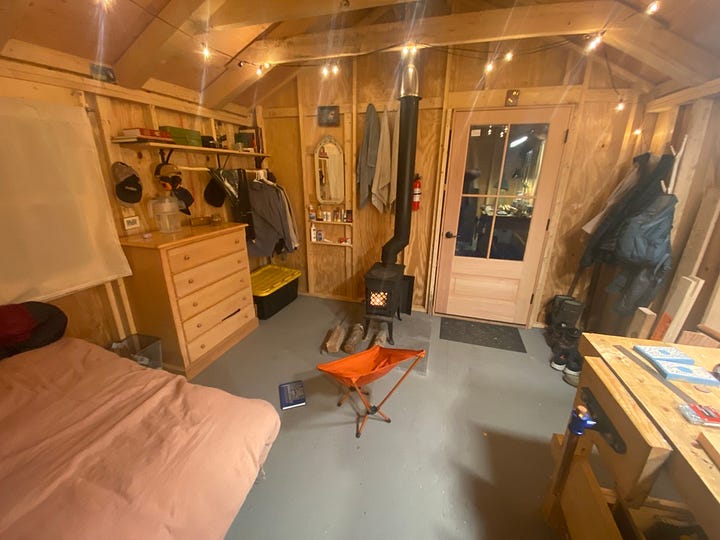
I was working on the cabins up until the very last moment, but they are done for the season. My brother Harry said he ‘likes the exposed…everything’. They are uninsulated and the floor is just painted subfloor, but they’re all dry and cozy and the wood stoves keep them nice and warm. They are spacious enough that in mine I was able to fit my workbench and tools right next to my bed. I already have a long list of projects for the season. Currently I’m thinking about the furniture from Christopher Schwarz’ book American Peasant, Continental style shavehorses, and stick chairs.
Soon we will begin building front porches on all the cabins and extending the roofs forward. It will be nice to do a bit of carpentry without battling the snow, and the front porch will be a welcome addition. After the season they will be truly finished: insulation, permanent wiring, wood floors. We will also build the Balaki (bathhouse, laundry, kitchen) next door. Currently the shower and kitchen are a short walk away in a tiny home style trailer.
Carving

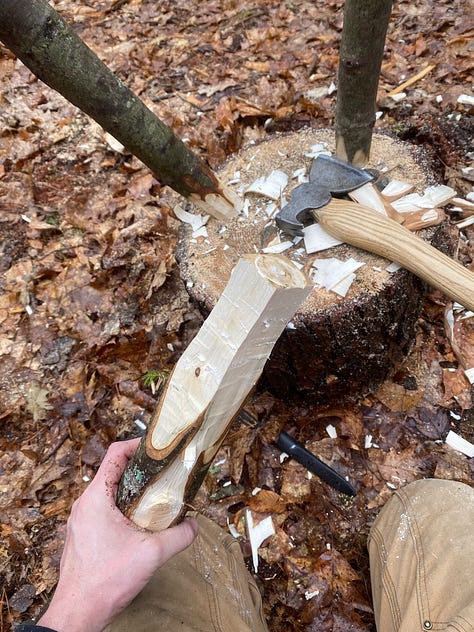
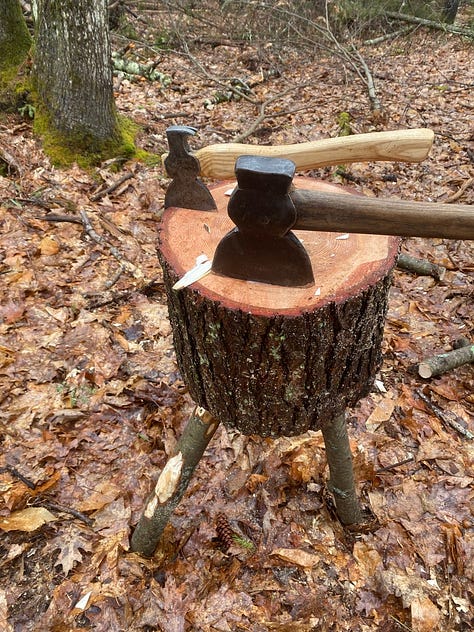
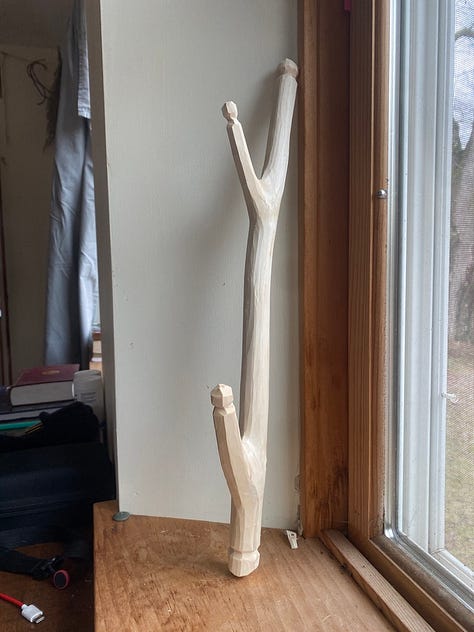
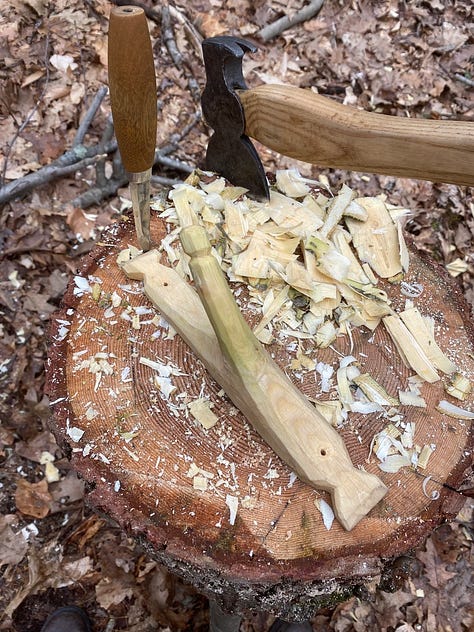
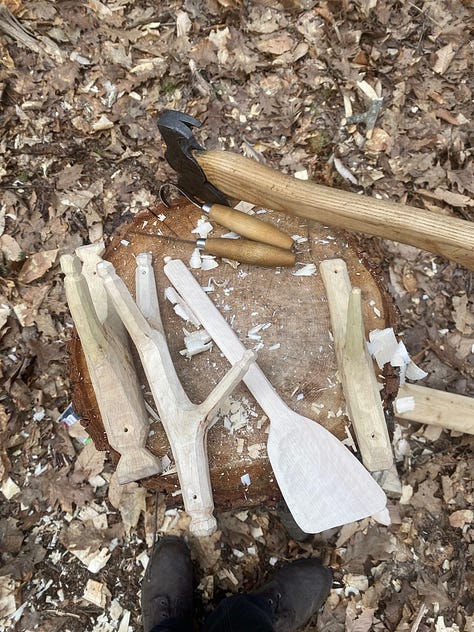
In early April the stress of finishing the cabins on time was driving me a little crazy so I spent some time in the woods doing more creative projects. I made a chopping block for roughing out wood carvings with a hatchet, then I carved some Sloyd style coat hooks and spoons. With all the clearing in the forest nearby for the new pond there is more green wood than I could ever ask for and I have been taking advantage of it. I recently picked a nice forked maple log for the dumbhead of a shavehorse, more on that later.
Farming
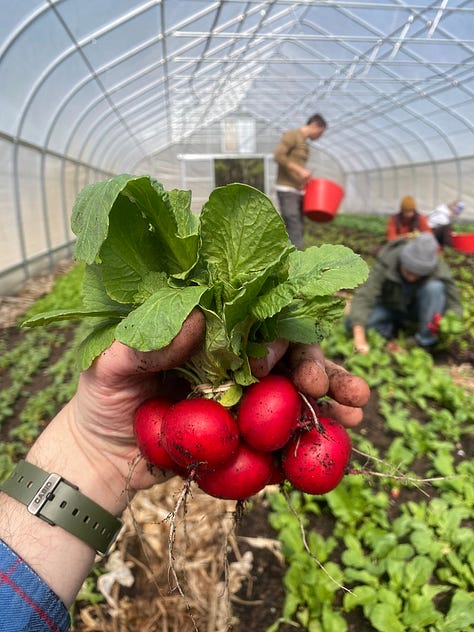
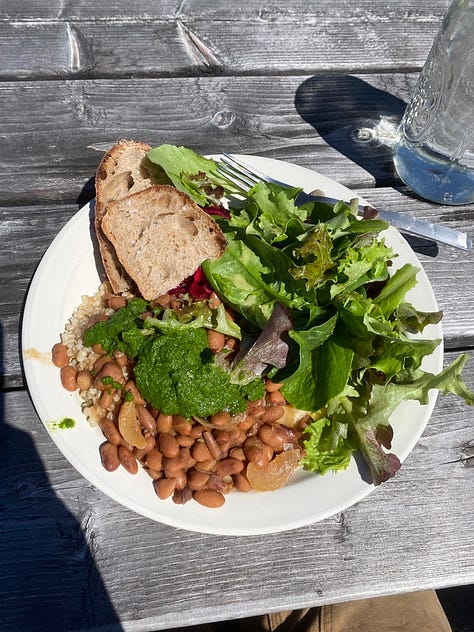
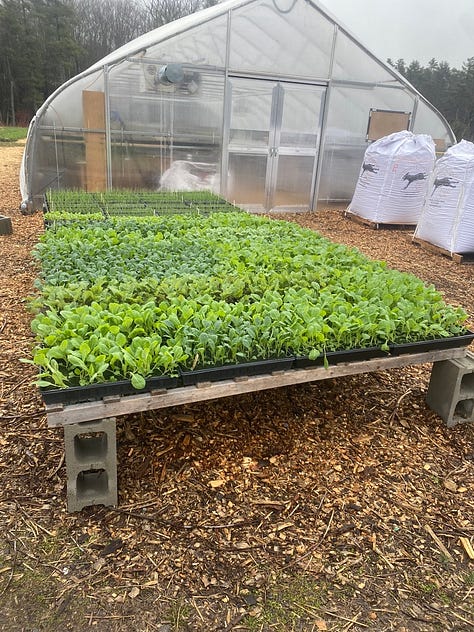
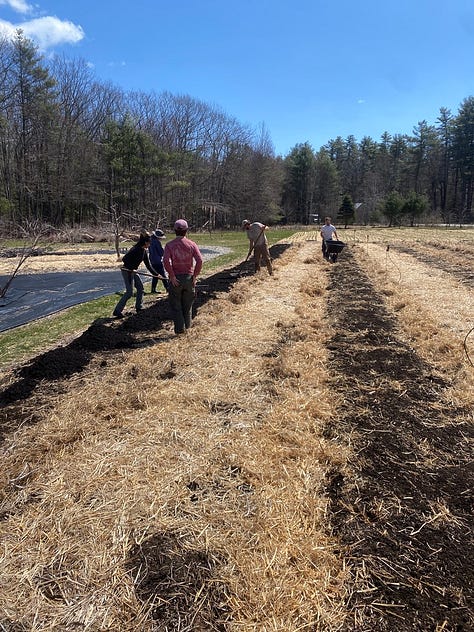
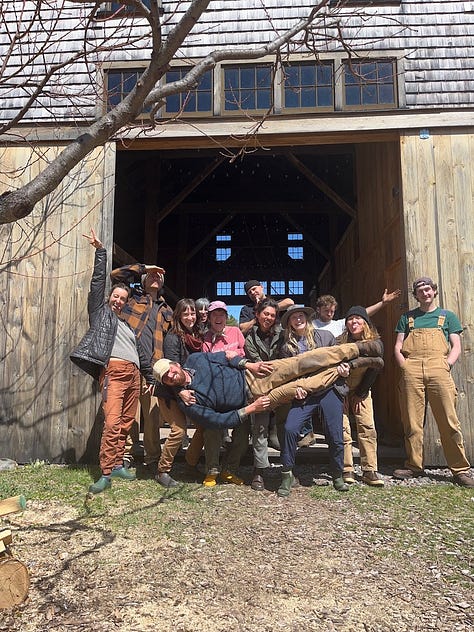
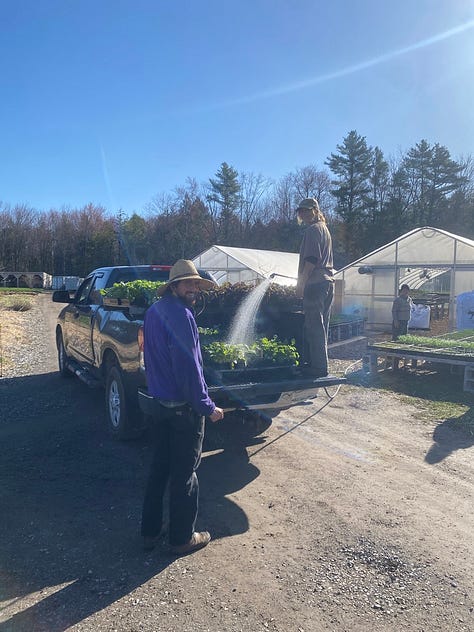
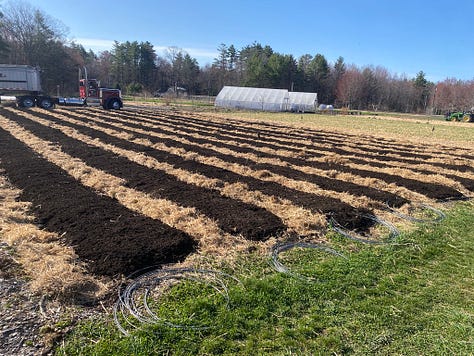
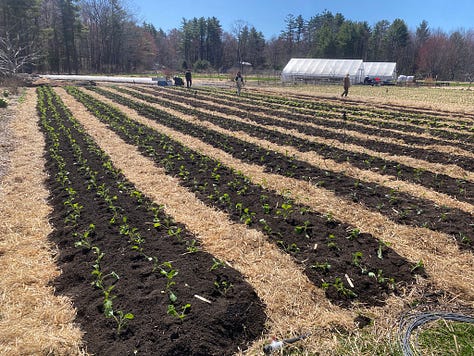

Man I Love Farming!! And this new farm is great. Everything feels so seamless. Tasks are organized, there are plenty of hands, the weeds pull easily, and the whole crew eats breakfast and lunch together every day. The crew is great, it feels like we’ve all bonded after just a few weeks of work together and everybody is knowledgable about farming, botany, blues music, birds, poetry. I have so much to learn from this crew and I just can’t wait for what the rest of the season holds.
April so far has been all about planting the early season crops like carrots, cabbage, kale, lettuce, and onions. We have also been preparing the high tunnels for our cucumbers and tomatoes which we’ll start planting next week. The annual plant sale has started where we sell perennials split from our beneficial hedgerows and spare starts from the greenhouse.
If you want to know more about the farming practices here you could always check out Daniel’s book.
Cover Crops

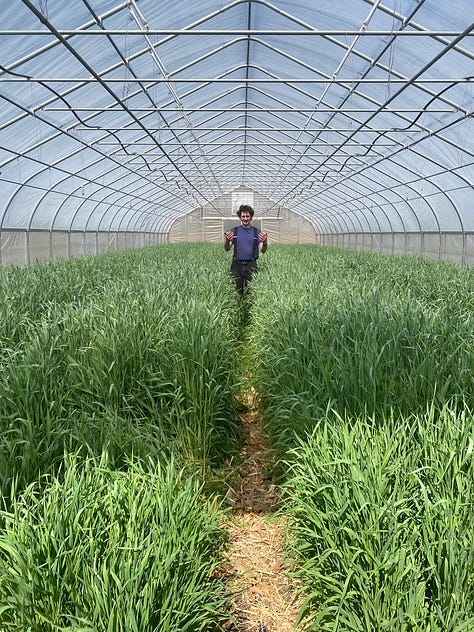
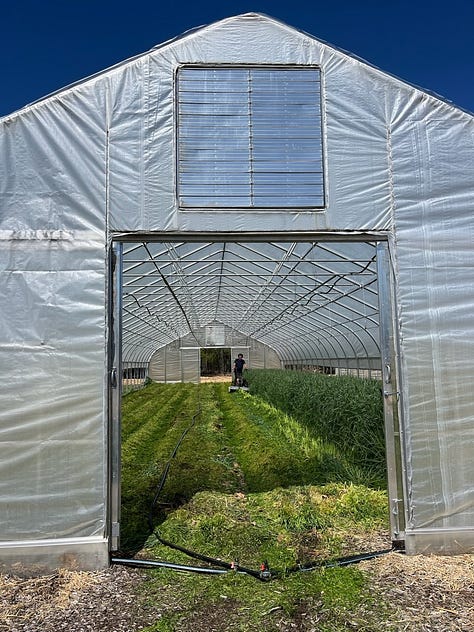
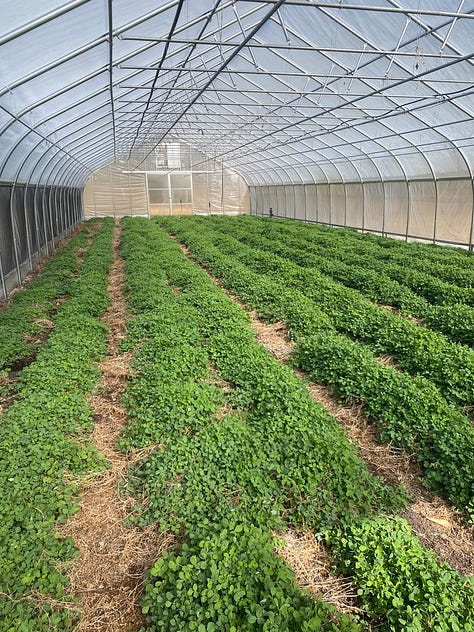
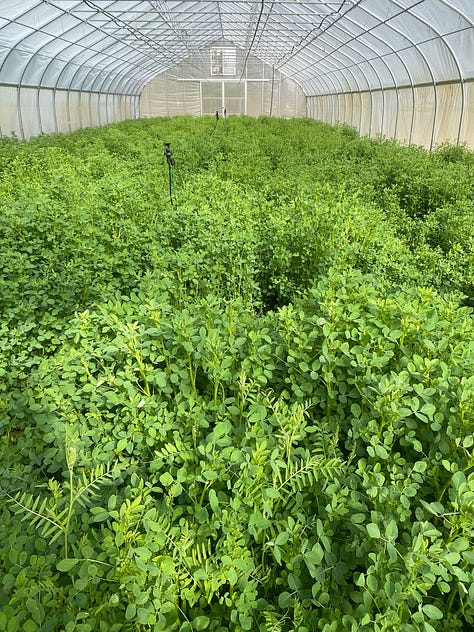
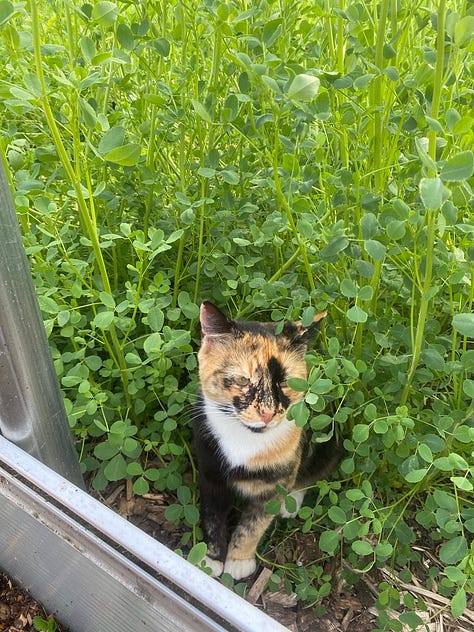
Something about planting cover crops gets me so excited. A cover crop is anything that’s planted not for harvest but for the health of the soil food web. That’s the ecosystem of microbes, bacteria, and fungi that feed the plants. Cover crops also inject carbon into the soil which helps increase the water adsorption rate and the water storage capacity of the soil. Here at Frith the soil organic matter is around 15%. In a tillage based conventional farm, that number can be less than 2%. Usually cover crop mixes are a blend of a nitrogen-fixing legume and something that produces lots of biomass like a grass. At Frith we do peas and oats during the season and rye and vetch over winter.
Cover crops are a great example of the difference in mindset between a conventional tillage based farm vs a no-till organic farm. In conventional farming what you grow is is always considered to reduce the fertility of the soil. You are cashing in on that fertility and mining nutrients out of the soil. In a no-till system the perspective is exactly the opposite. The plants feed and protect the soil. Sunlight hitting bare ground rather than a photosynthesizing leaf is a wasted opportunity. By mimicking the plant-feeding biology of a natural ecosystem on the farm you allow the plants to support themselves by the systems alongside which they evolved. On my very first day of farm work at Frith we planted a whole field to peas and oats. To me that shows how quickly you can plant fields with the permanent bed no-till system and also how much cover crops are prioritized here, good stuff!
Feastland Farm
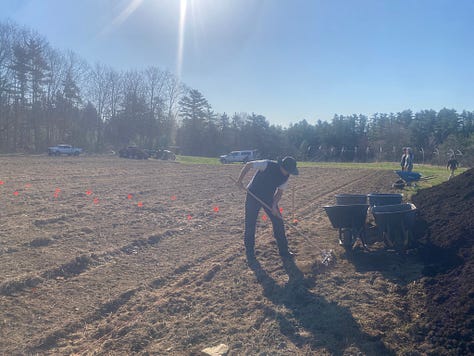

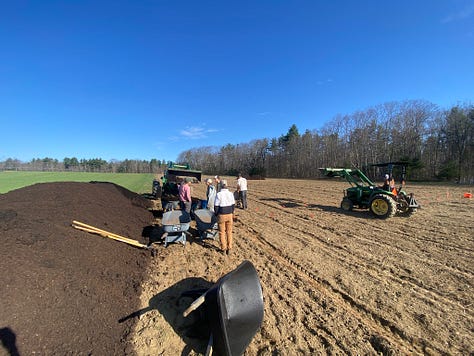
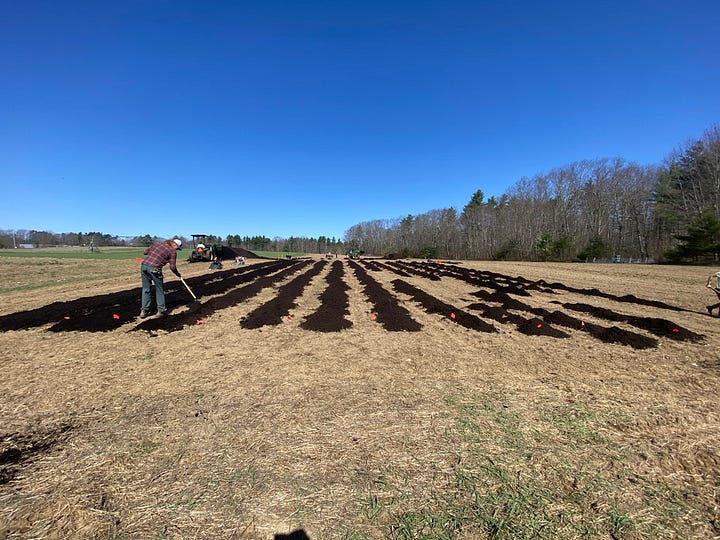

One day a few of us went over to help build beds at a brand new farm. Feastland Farm! They are leasing land from a neighbor and plan to grow vegetables using the same no-till system. Building the beds involves a ton of work upfront and it was inspiring to see how many other farmers and neighbors showed up to help. The basic process is this: do one final round of tillage to break up the sod, smother any weed seeds with a heavy application of compost (at least 6 inches), add woodchips to the pathways, plant directly into the compost. I can’t wait to see how this season goes for Addison and hope to go back soon.
Pictures
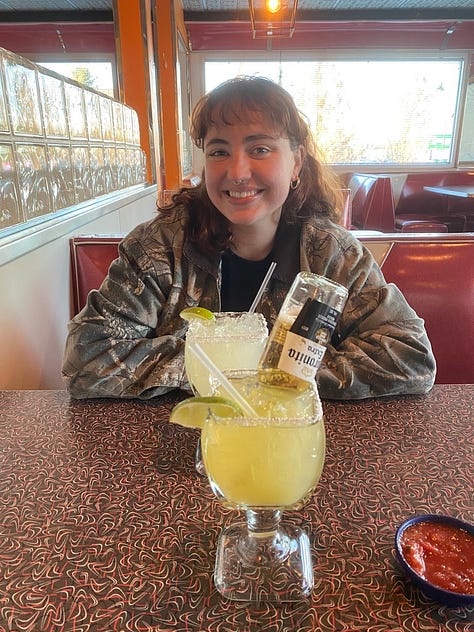
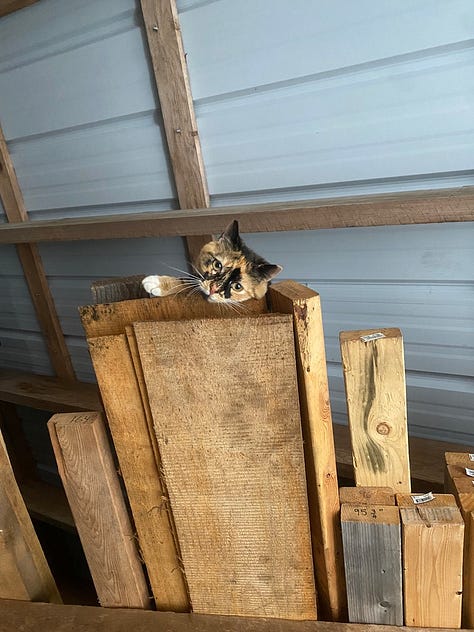
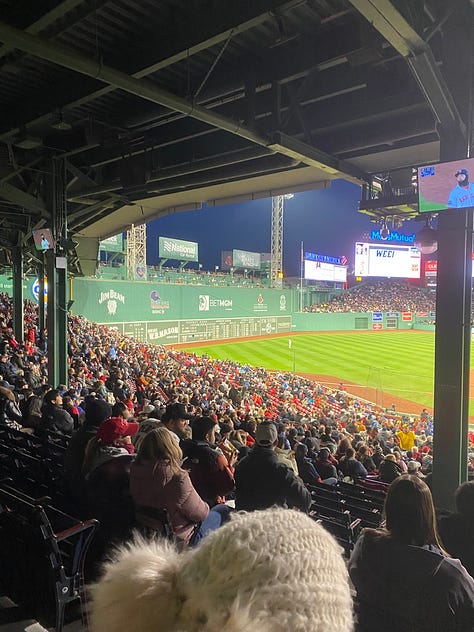
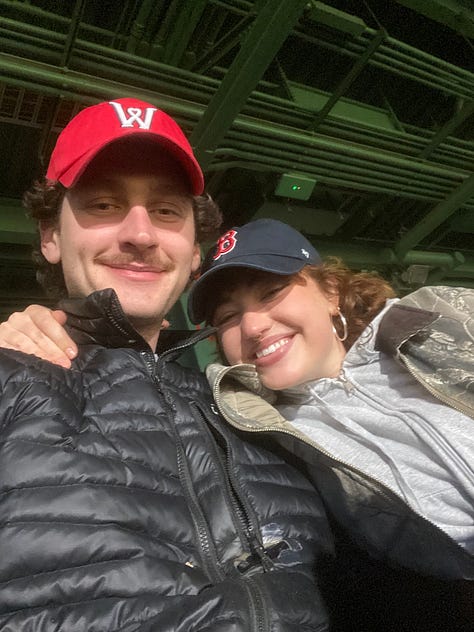


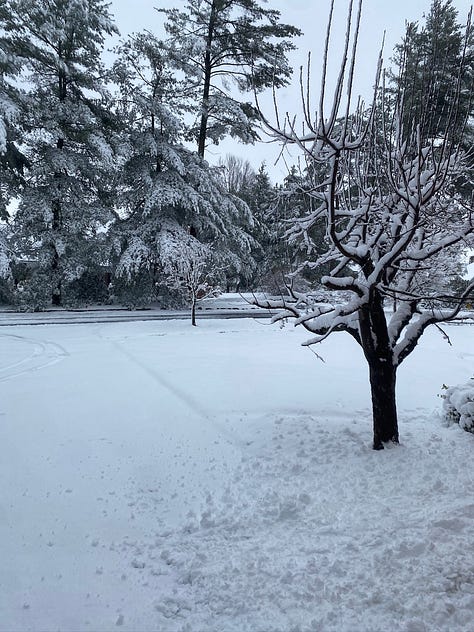
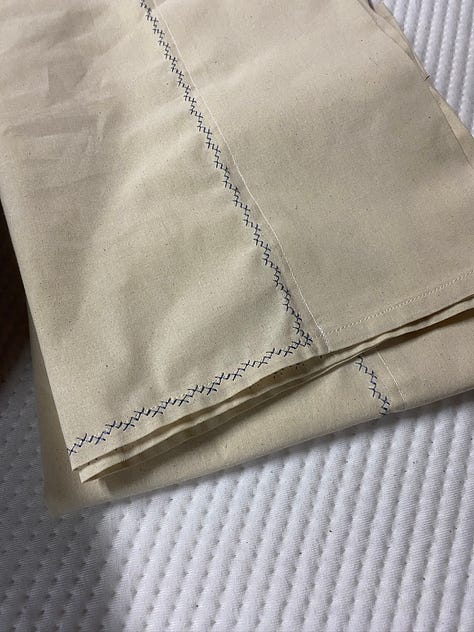
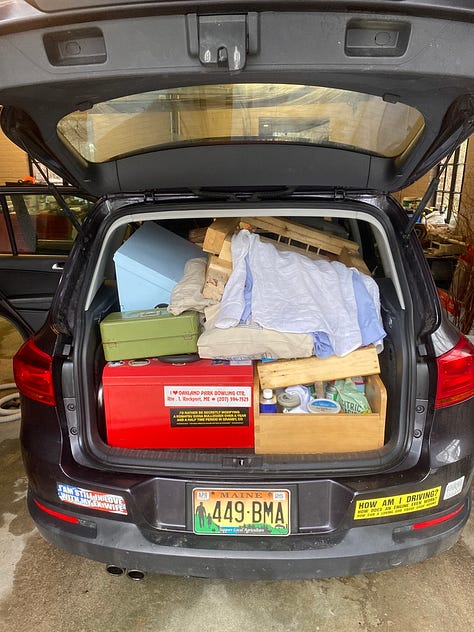
Coronarita, Iona, Go Sox, Iona Again, Orlo Hiding, The Day I Took My Snow Tires Off, New Curtains By Me, Moving
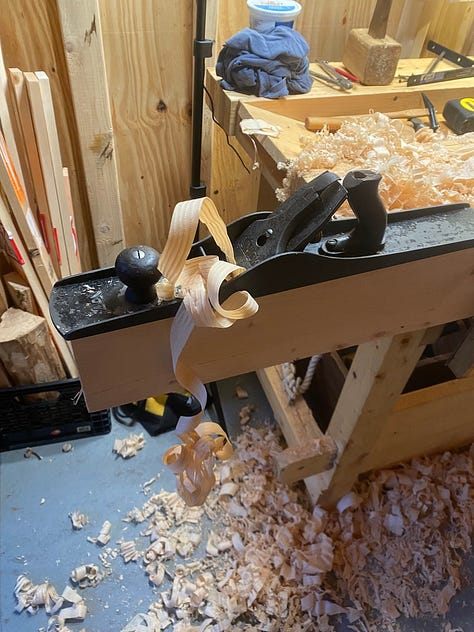
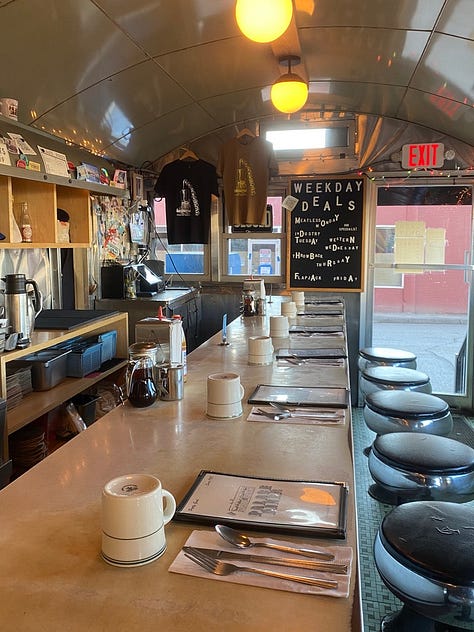
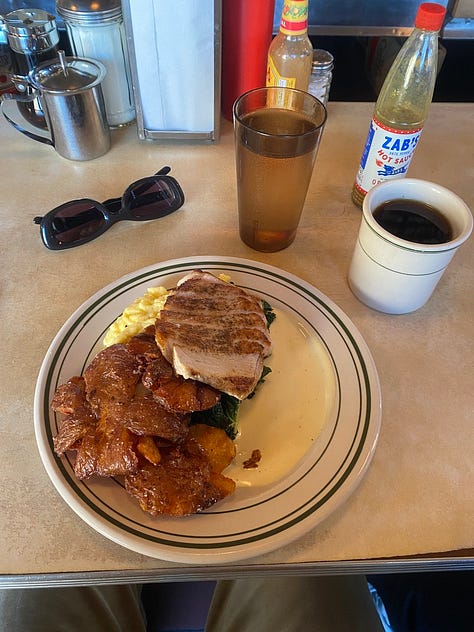
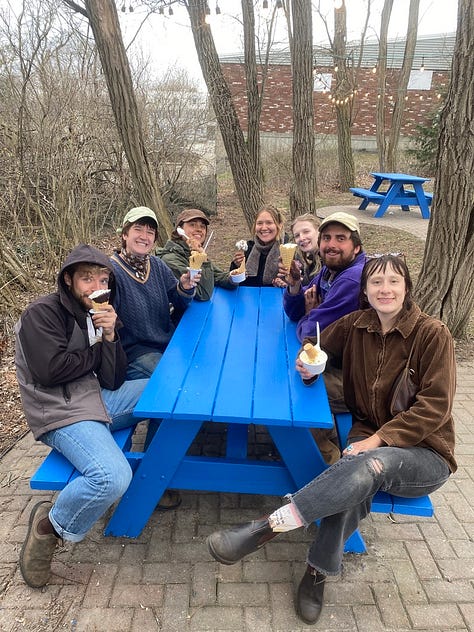



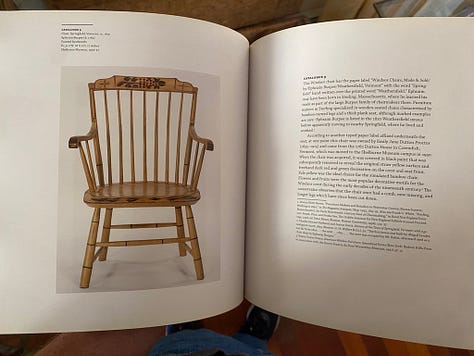
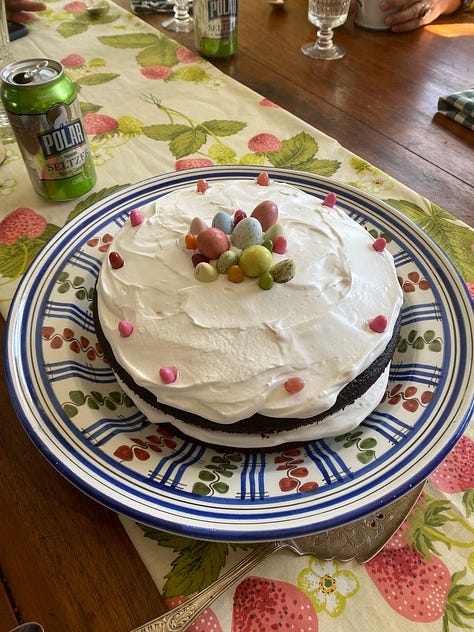
Union Jointer, Palace Diner, Dairy Corner Opening, Trellis, Haul, Selfie, Notable Char, Beautiful Cake By India
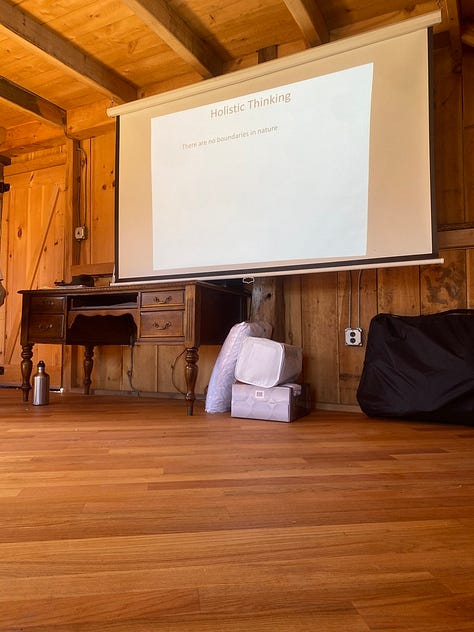
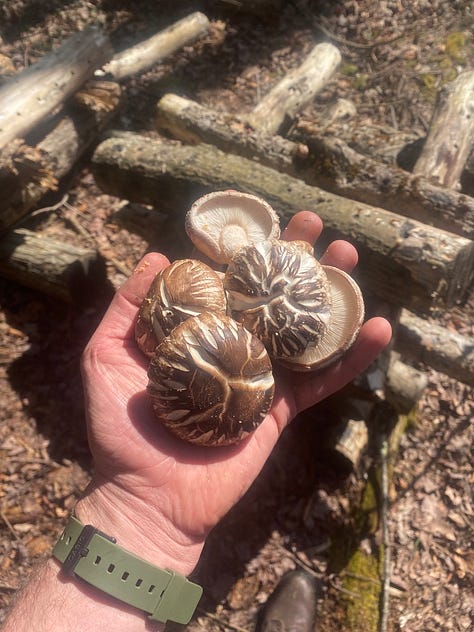
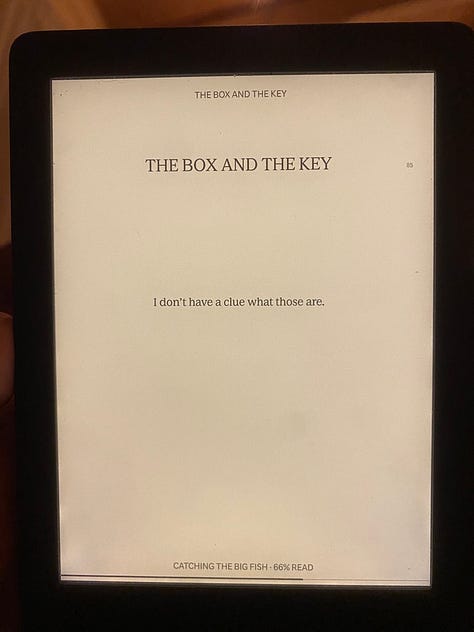
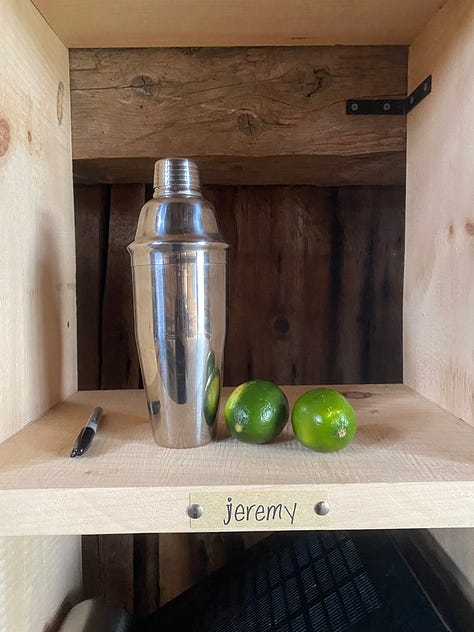
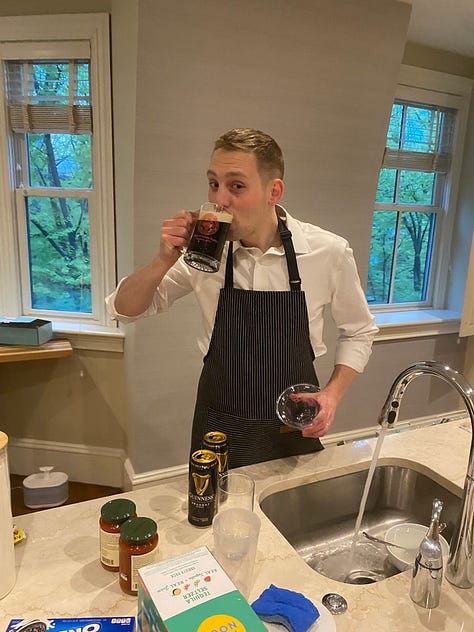
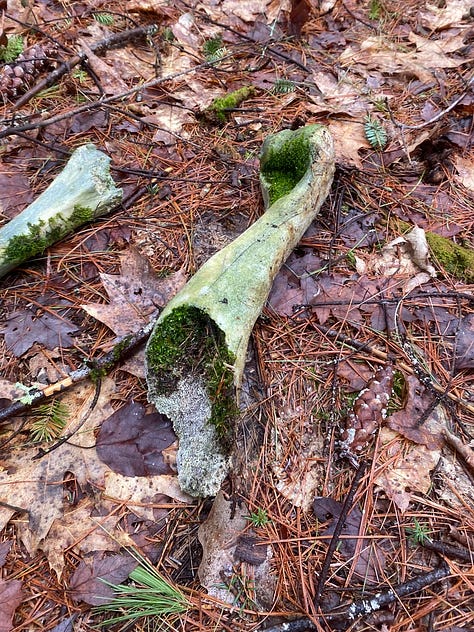
Holistic Truism, Shitakes, The Box And The Key, Margaritas, Pints, Bones
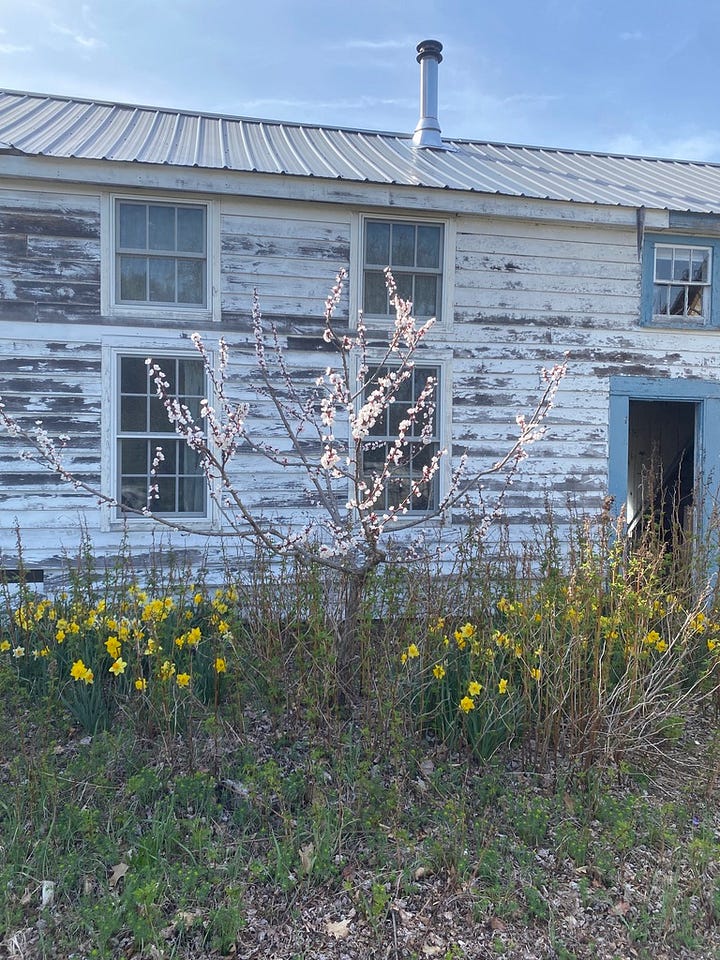
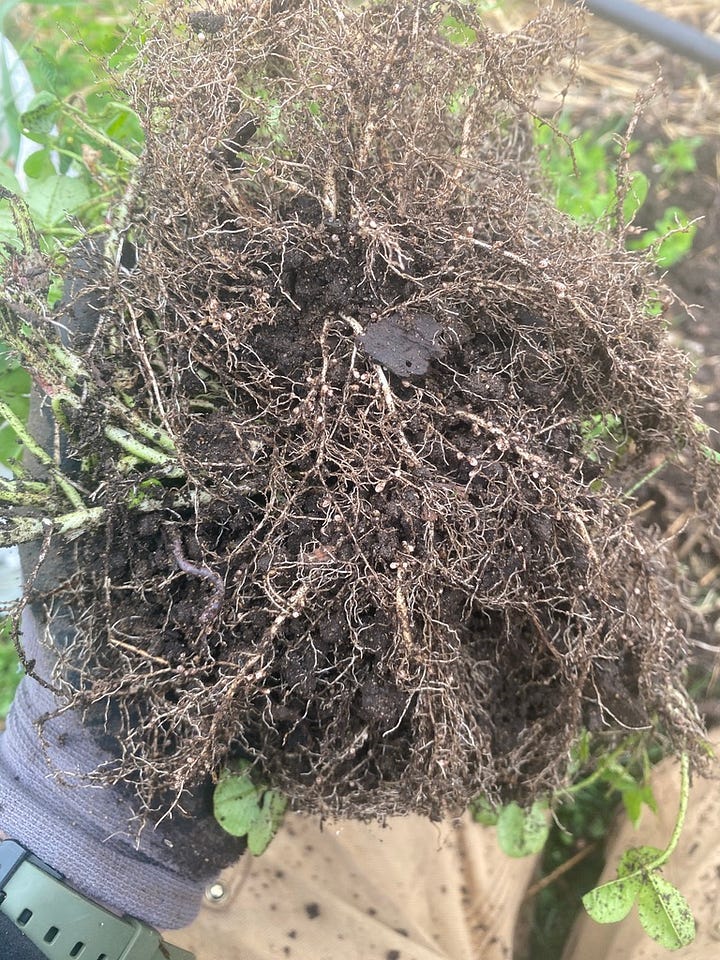
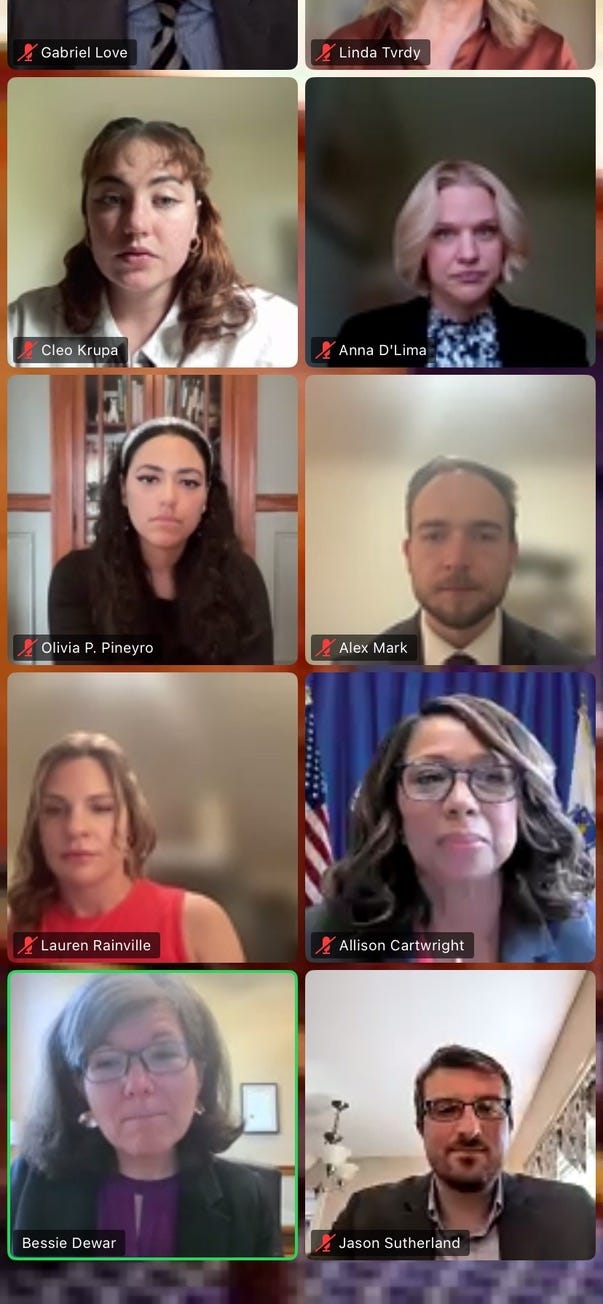
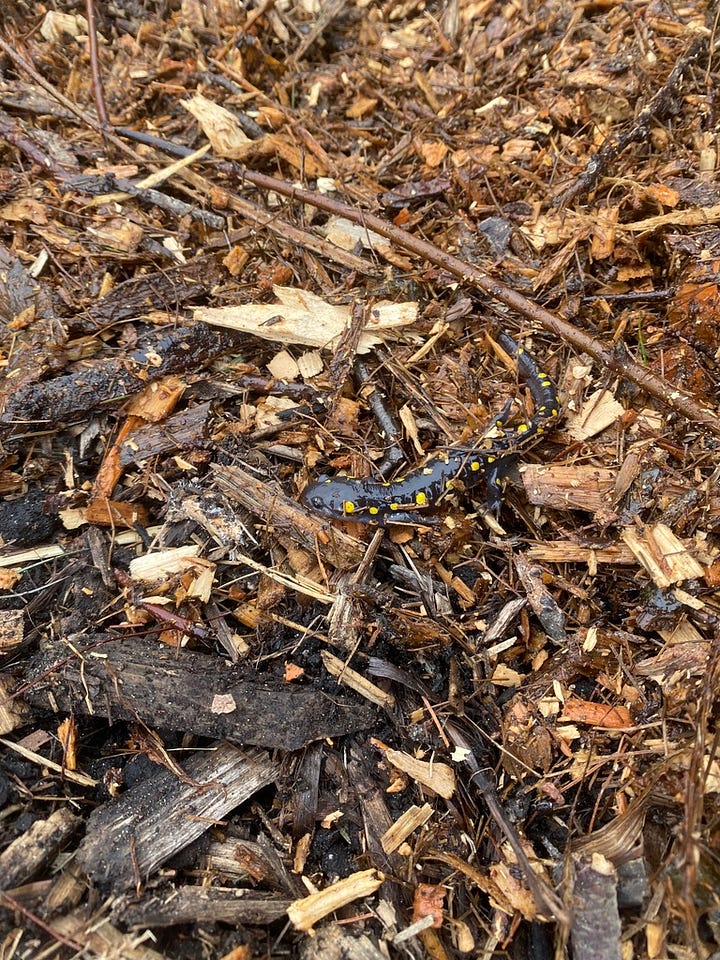
Blossoms, Notrigen-Fixing-Nodules, Cleo Sworn In, Yellow Spotted Salamander
Connor’s Cool Corner
Peanut butter and butter and jelly sandwich
The Myth Of Sisyphus - Albert Camus
Catching The Big Fish - David Lynch
The Maltese Falcon (1941)
The Boston Athenaeum
One Last Thing
(if you’ve made it this far)
Manifesto: The Mad Farmer Liberation Front by Wendell Berry
Love the quick profit, the annual raise,
vacation with pay. Want more
of everything ready-made. Be afraid
to know your neighbors and to die.
And you will have a window in your head.
Not even your future will be a mystery
any more. Your mind will be punched in a card
and shut away in a little drawer.
When they want you to buy something
they will call you. When they want you
to die for profit they will let you know.
So, friends, every day do something
that won’t compute. Love the Lord.
Love the world. Work for nothing.
Take all that you have and be poor.
Love someone who does not deserve it.
Denounce the government and embrace
the flag. Hope to live in that free
republic for which it stands.
Give your approval to all you cannot
understand. Praise ignorance, for what man
has not encountered he has not destroyed.
Ask the questions that have no answers.
Invest in the millennium. Plant sequoias.
Say that your main crop is the forest
that you did not plant,
that you will not live to harvest.
Say that the leaves are harvested
when they have rotted into the mold.
Call that profit. Prophesy such returns.
Put your faith in the two inches of humus
that will build under the trees
every thousand years.
Listen to carrion – put your ear
close, and hear the faint chattering
of the songs that are to come.
Expect the end of the world. Laugh.
Laughter is immeasurable. Be joyful
though you have considered all the facts.
So long as women do not go cheap
for power, please women more than men.
Ask yourself: Will this satisfy
a woman satisfied to bear a child?
Will this disturb the sleep
of a woman near to giving birth?
Go with your love to the fields.
Lie down in the shade. Rest your head
in her lap. Swear allegiance
to what is nighest your thoughts.
As soon as the generals and the politicos
can predict the motions of your mind,
lose it. Leave it as a sign
to mark the false trail, the way
you didn’t go. Be like the fox
who makes more tracks than necessary,
some in the wrong direction.
Practice resurrection.

